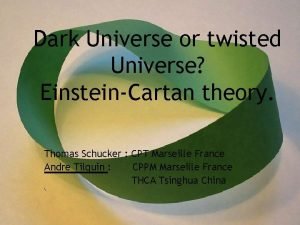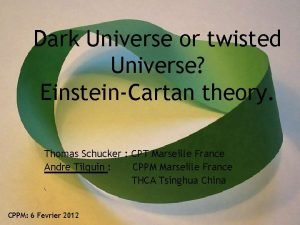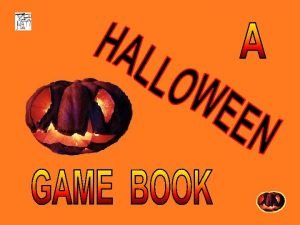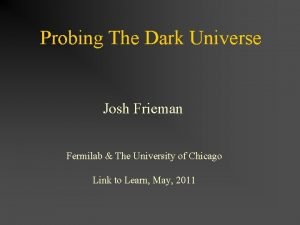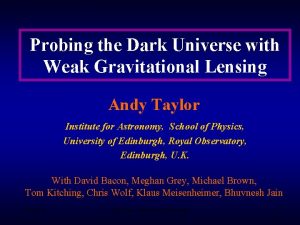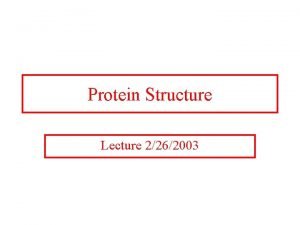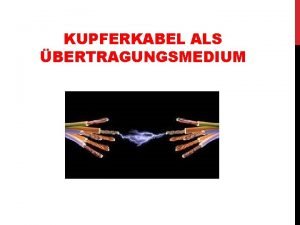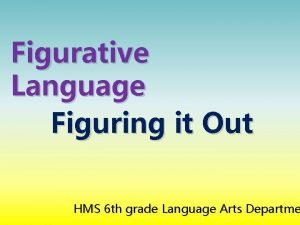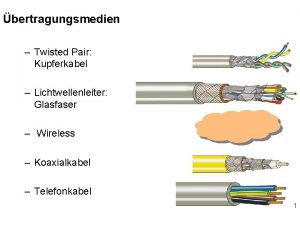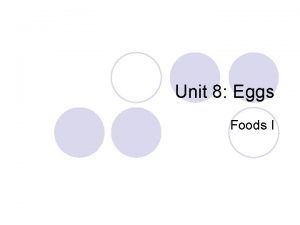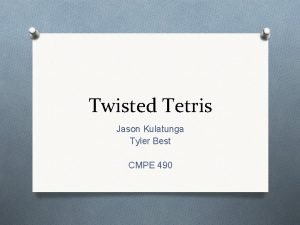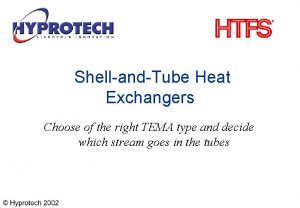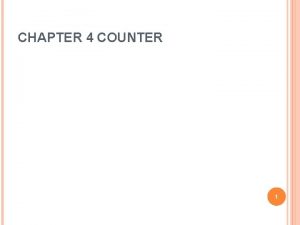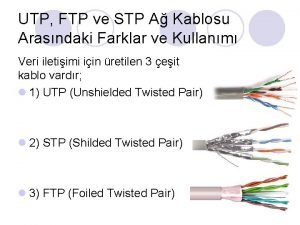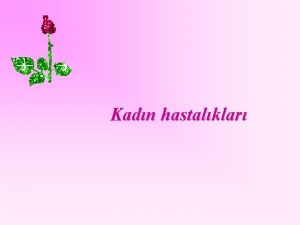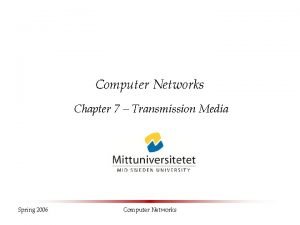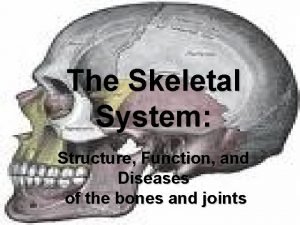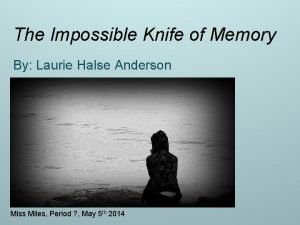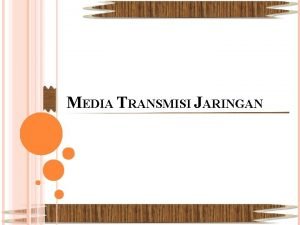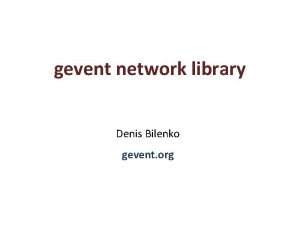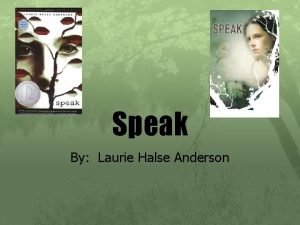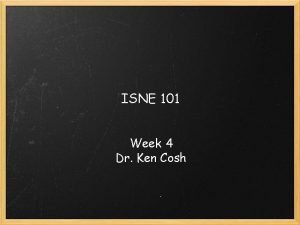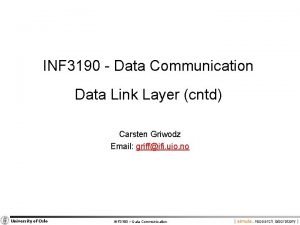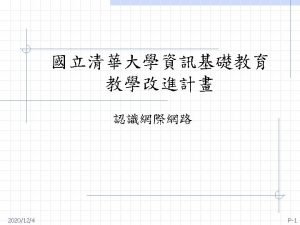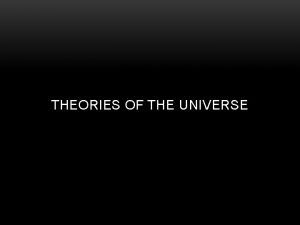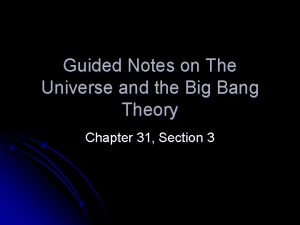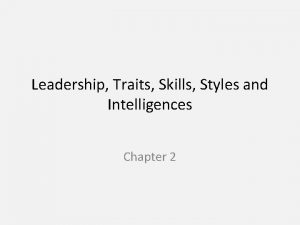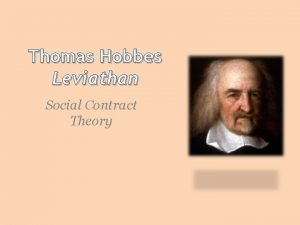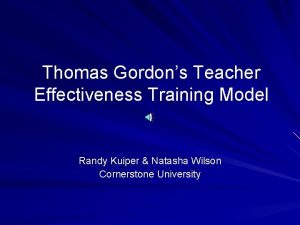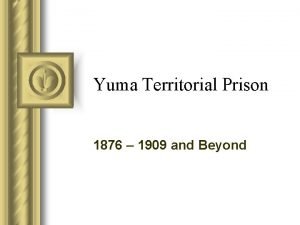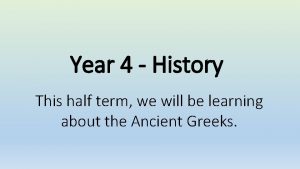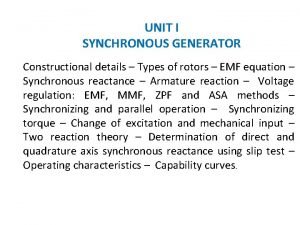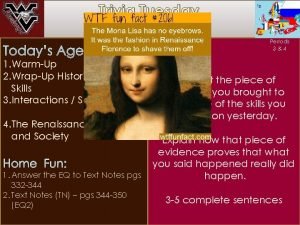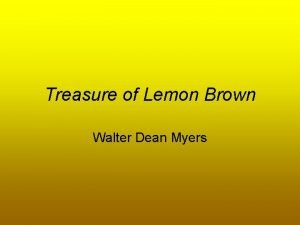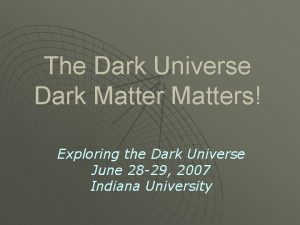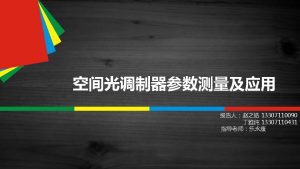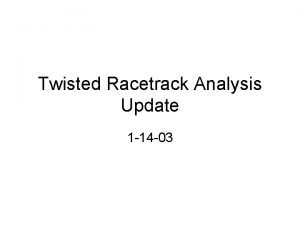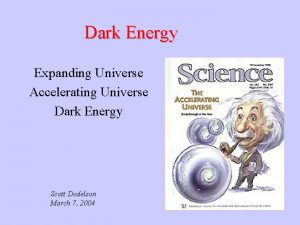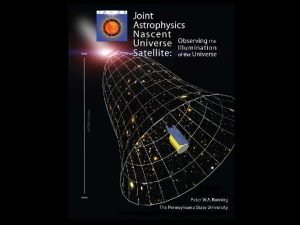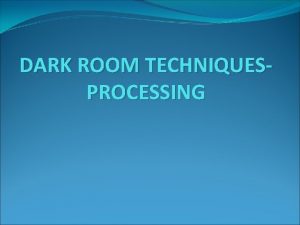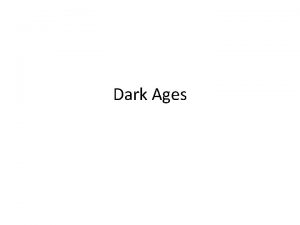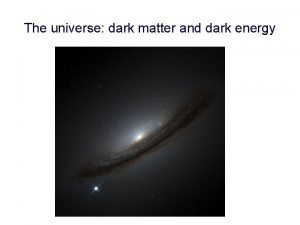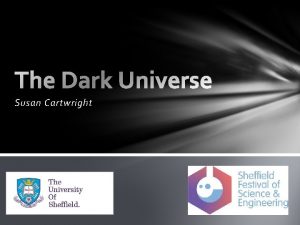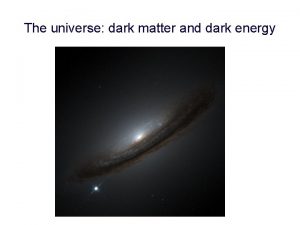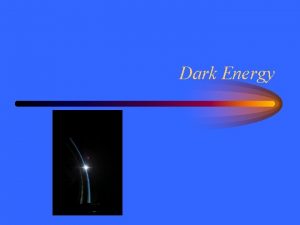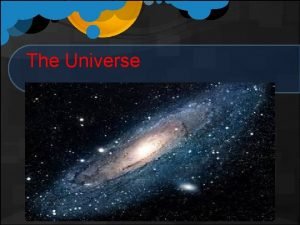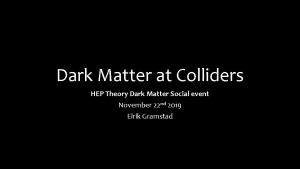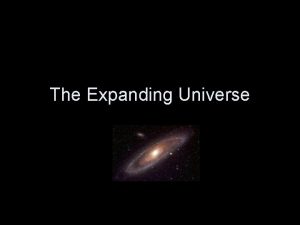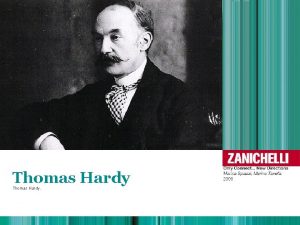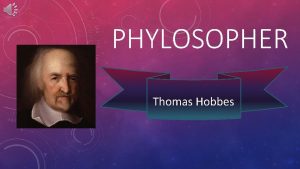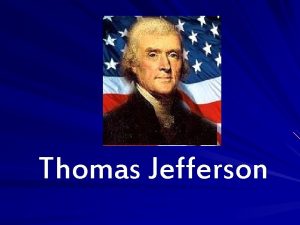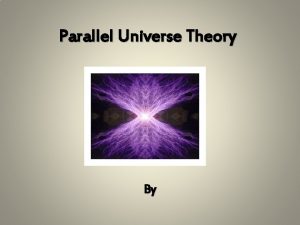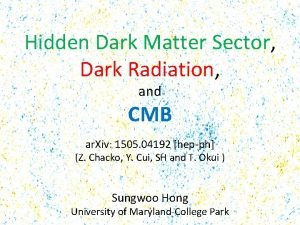Dark Universe or twisted Universe EinsteinCartan theory Thomas








































- Slides: 40

Dark Universe or twisted Universe? Einstein-Cartan theory. Thomas Schucker : CPT Marseille France Andre Tilquin : CPPM Marseille France THCA Tsinghua China CPPM: 6 Fevrier 2012

ar. Xiv: 1104. 0160 ar. Xiv: 1109. 4568 Pr el im ina ry 2

Prelude Status on dark Universe Einstein general relativity: quick reminder Parallel transport and curvature Limitation in GR Einstein-Cartan general relativity Torsion: what is that? Parallel transport and torsion Properties and advantages Results on supernovae with a twisted Universe Effect of torsion on Hubble diagram Summary and further work 3

Nother theorem Local invariance Parallel transport Covariante derivative Field definition and interaction 4


6

-Dark matter: First evidence in 1933 by Fritz Zwicky Applying virial theorem to the Coma cluster of galaxies , he estimated 400 times more mass than the one estimated by visible galaxies The Coma cluster as seen in 1933 HST dark matter reconstruction (WL) 7

1938 : Fritz Zwicky proposed SN as distance indicator. 1998 : First hint of dark energy (S. Perlmutter & al. , A. Riess & al. ) using 60 SNIa In 2010, 10 time more SN confirm dark energy (SCP union 2 sample) 8

Three principal probes Standard candles (SNe Ia) Large scale structures CMB (BAO, Weak lensing, Clusters) (COBE, WMAP, PLANCK) Three independent measurements 9

Theoretical framework is 10 Einstein General Relativity

Related to curvature α B How to transport a vector or a frame in A 1 a curve space? A 2 A 11

• Einstein equation relates curvature with energy momentum tensor Cartan => Torsion = spin 1/2 12

curvature torsion t Cartan assumed that local torsion is related to spin ½ particles 13

translation α B A 3 A 1 A 2 A -In presence of torsion the infinitesimal parallelogram does not close -Geometry generates translation 14

• Energy momentum is still the only source of space-time curvature with the Newton’s constant being the coupling constant • The source of torsion is half integer spin with the same coupling constant • Spin 1 particle is not source of torsion: photon not affected • Photon and spin ½ particle (neutrino) geodesics are different • Torsion doesn’t propagate=>torsion vanishes in vacuum! • Theories of unification between gravity and standard model of particle physics need a torsion field (loop quantum gravity) • Supergravity is an Eistein-Cartan theory. Without torsion this theory loses its supersymmetry. • Torsion provides a consistency description of general relativity and particle properties 15

Energy-momentum curvature Noether theorem geometry Translations rotations Noether theorem geometry Torsion spin Cartan equation 16

In space time with torsion there are 2 Einstein equations ( in vierbien frame): 1. Equation for curvature: R* is the modify Ricci tensor no more symmetric 2. Equation for torsion (Σ): With “equations of state”: 17

In maximally symmetric and flat Universe Friedmann equations have 4 unknown functions of time: a, b, f and ρ. The Friedmann like closure relation reads: 18

Because the geodesic equations for photons decouple to torsion, redshift and luminosity have the same expression ->We just need to compute the scale factor 19

We used the so called Union 2 sample containing 557 supernovae up to a redshift of 1. 5 Standard cosmology fit gives (flatness): ms Ωm ΩΛ marginalized 20

21


Even parity torsion gives a prefer value for matter density equal to 0. 09 Supernovae results analyzed with torsion give a result statistically compatible with both dark matter and baryonic matter. However, torsion can contribute to a certain amount of dark matter. Or better to say that torsion without dark matter is not incompatible with Supernovae data. More data or probes should be used to definitely conclude 23

In contradiction with previous publication (S. Capozziello et al. 2003) 24

• Standard general relativity should be extended to account for spin-orbital momentum coupling: Einstein-Cartan theory. • If we apply torsion to cosmology we find: • Torsion can contribute to dark matter at a certain amount • Torsion as a source of dark energy is ruled out at more than 5 sigma • However these results are encouraging enough to go further • Look at galaxies rotation curves: Need to generalize the Schwarzschild’s equation. Work in progress. • Use other probes: • CMB/BAO/WL/Clusters: photons are not sensitive to torsion, but dynamic is different(perturbation), so everything should be recomputed. Usual problem in cosmology i. e : Λ and vacuum energy! 25

1) Torsion and curvature ? 2) Torsion and large scale structures 3) Torsion and galaxies rotation curves: 26

Y. Yang 1 and W. B. Yeung : ar. Xiv: 111. 7062 v 1: Using a quadratic gravitational Lagrangian with torsion: 27

Torsion is not source of gravity: Odd parity torsion doesn’t couple to dynamic (i. e curvature) Even parity torsion couple to curvature through kinematic not dynamic 28 (1)

* 1. Because geodesics are different for photons and spin ½ particles (neutrino) • Timing difference between photons and neutrinos in supernovae explosion 1987 A Supernovae • Neutrino oscillation experiment OPERA. Time delay and supra luminal neutrino 2. Rotation curve of galaxies or the modify Schwartsfield solution • What is the effect of torsion on rotation curve of galaxy 3. Galaxies and cluster formation 4. The cosmological probes: • Supernovae 1 a • CMB: effect of torsion in initial plasma (very high matter density) • Weak lensing should not be affected Lensing is gravitational coupling between curvature and photon • Baryonic acoustic oscillation Depends on the initial power spectrum 29

And can be compare to QED: 30

31

All physics are inside ws: • Source of torsion is spin ½ particle • Orbital momentum or spin 1 are not source of torsion. • No spin orbital momentum coupling. Spin generates local torsion. • It contains the Planck constant and GR and QM coupling. Expected to be small. • We assume it is not zero even though we don’t know how spins average? • ……… 32

We eliminate f(t) and ρ(t) We are left with 2 first order differential equations and 2 unknown functions a(t) and b(t) We solve it numerically with the Runge-Kutta algorithm. a(t) This is an iterative numerical algorithm Example: 1. a’(t) = 2 a(t) a 1 2. Start from an initial value a(t 0)=a 0 3. Compute the derivative a’(t 0)=2 a 0 4. Predict the new point at t 0+δt using Tailor expansion : a(t 1 = t 0+δt) = a 0+2 a 0 δt +…. . = a 1 5. Start from this new value a(t 1)=a 1 and iterate t 0 t 1=t 0+δt t We used a forth order Runge-Kutta algorithm with an adaptive step in time such that the corresponding step in redshift is much smaller than the experimental 33 redshift error (10 -5)

In this paper they assume the same Friedmann equations for the torsion fluid with 3 The missing factor 3 implies torsion is source of curvature and a constant “f” function with time which can be interpreted as a cosmological constant. At beginning I made the same kind of mistake and I got Unfortunately it’s wrong! 34

35 (3)

Torsion generate inflation ! 36

The Hilbert action yields the Einstein equation through the principle of least action: with In presence of matter the action becomes: 37

The cosmological constant is introduced in the Lagrangian: 38

Cosmological constant Even parity torsion Odd parity torsion 39

Many possible effect depending on which kind of torsion: Propagating or not Angular momentum source of torsion Effect of coupling between background torsion and spin ½ particle: 40
 Twisted universe
Twisted universe Twisted universe
Twisted universe Dark matter and dark energy presentation
Dark matter and dark energy presentation In the dark dark town
In the dark dark town Probing the dark universe
Probing the dark universe Probing the dark universe
Probing the dark universe Twisted beta sheet
Twisted beta sheet Twisted shoulder joint
Twisted shoulder joint Ftp utp unterschied
Ftp utp unterschied A flag wags like a fishhook there in the sky
A flag wags like a fishhook there in the sky Kupferkabel aufbau
Kupferkabel aufbau Genetics a twisted tale
Genetics a twisted tale Twisted cord like strands of egg white
Twisted cord like strands of egg white Twisted tetris
Twisted tetris Lummus helical baffle heat exchanger
Lummus helical baffle heat exchanger Twisted strands of egg white
Twisted strands of egg white 2 bit counter
2 bit counter Stp ftp utp
Stp ftp utp Night of the scorpion full poem
Night of the scorpion full poem Twisted mp3
Twisted mp3 Application of twisted pair cable
Application of twisted pair cable Twisted ankle
Twisted ankle Twisted laurie halse anderson summary
Twisted laurie halse anderson summary Jenis jenis konektor rj
Jenis jenis konektor rj Denis bilenko
Denis bilenko Theme of speak by laurie halse anderson
Theme of speak by laurie halse anderson Telegraph wires twisted pair
Telegraph wires twisted pair G.hn over twisted pair
G.hn over twisted pair Coaxial cable twisted pair fiber optic
Coaxial cable twisted pair fiber optic Thomas mocker and thomas stewart
Thomas mocker and thomas stewart Oscillating universe theory
Oscillating universe theory 460 bc atomic structure
460 bc atomic structure Guided notes on the universe and big bang theory
Guided notes on the universe and big bang theory Thomas carlyle great man theory
Thomas carlyle great man theory Thomas hobbes
Thomas hobbes Randy kuiper
Randy kuiper Yuma territorial prison dark cell
Yuma territorial prison dark cell Greek dark ages timeline
Greek dark ages timeline Impedence method
Impedence method Middle ages renaissance
Middle ages renaissance The treasure of lemon brown symbolism
The treasure of lemon brown symbolism
